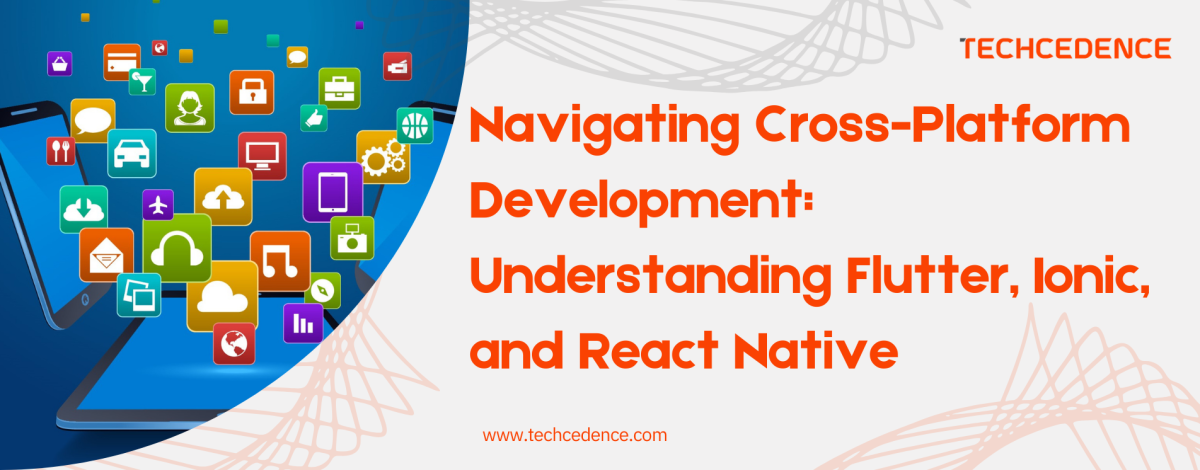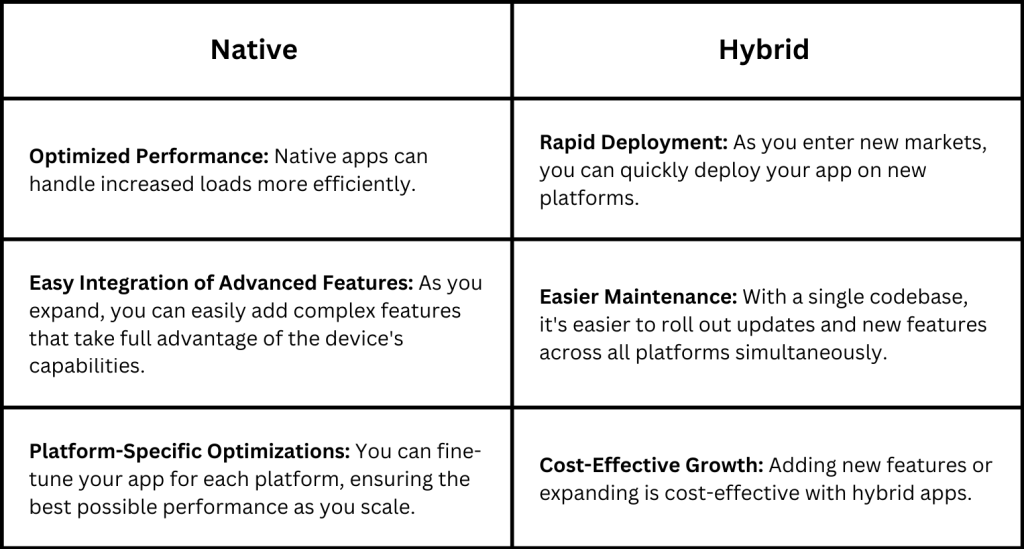As industries evolve and customer expectations keep changing, companies need applications that align with their unique goals and processes. Off-the-shelf applications often fall short in providing the flexibility and functionality required to navigate these changes effectively. Custom software solutions are built based on unique business requirements to address specific challenges, which offers businesses a way to streamline operations, improve productivity, and foster innovation. With the right custom applications, organizations can stay ahead in a fast-paced, competitive environment.
Why Off-the-Shelf Software Falls Short:
Standard software solutions are created to serve a broad range of industries with generic functionalities. Although they may offer cost savings and quick setup, these tools often struggle to meet the unique needs of specific businesses. Companies frequently encounter challenges like inflexible processes, irrelevant features, or an inability to scale effectively, which can slow down operations and limit progress.
Moreover, adapting off-the-shelf software to align with specific business processes can be time-consuming and costly, negating its initial appeal. These limitations can lead to inefficiencies, compromised customer experiences, and missed opportunities. Custom software, on the other hand, offers a tailored approach that ensures every aspect of the solution aligns with organizational goals, driving long-term success.
How Custom Software Drives Business Agility
Custom software is a powerful enabler of business agility, offering tailored solutions that help organizations adapt to change and thrive in competitive markets. Here are some core ways it drives agility:
- Streamlined Operations: Custom software automates repetitive tasks and integrates seamlessly with existing systems, reducing inefficiencies and saving time.
- Scalability and Flexibility: As businesses grow, their needs evolve. Custom solutions can be scaled or modified to accommodate new requirements, ensuring long-term usability.
- Faster Decision-Making: By embedding advanced analytics and real-time data processing, custom software provides actionable insights, enabling quicker and more informed decisions.
- Enhanced Customer Experience: Tailored software allows businesses to personalize interactions, improve responsiveness, and meet customer expectations effectively.
Custom solutions are designed to align with specific goals, making them a cornerstone of agility in an ever-changing business environment.
Key Features of Successful Custom Software
Custom software stands out by offering features that directly address unique business goals and challenges. Beyond the basics, here are essential characteristics that define truly successful custom solutions:
- Tailored Functionality: The software is designed to fit specific workflows, eliminating unnecessary features and focusing entirely on the needs of the business.
- Future-Ready Architecture: Built with scalability and flexibility in mind, the software can accommodate new technologies, such as AI, IoT, or blockchain, as they become relevant.
- Cross-Platform Compatibility: Ensures accessibility across devices and operating systems, enabling teams to work seamlessly from any location.
- Customizable Reporting: This service offers dynamic reporting tools that can be adjusted to track metrics relevant to the organization’s evolving priorities.
- Agile Development Approach: This approach incorporates iterative improvements based on user feedback, ensuring the software remains aligned with business requirements over time.
- Industry-Specific Features: Includes specialized functionalities tailored to address challenges within a particular sector, providing a competitive advantage.
These features make custom software a strategic investment, aligning it with both current needs and future goals while fostering innovation and agility.
Steps to Develop Custom Software Successfully
- Identify Business Goals and Requirements: Start by studying the specific challenges and objectives the application needs to address. Clear understanding and input ensure the solution aligns with your business needs.
- Collaborate with Stakeholders: Include input from key users, team leaders, and decision-makers to ensure the software aligns with organizational needs and priorities.
- Find the Right Development Partner: Choose a skilled team with experience in creating tailored solutions and a deep understanding of your business domain.
- Define a Development Roadmap: Break the project into milestones, prioritize features, and adopt an agile approach to ensure flexibility and continuous improvement.
- Focus on Design and Usability: Invest in intuitive design and user-friendly interfaces to enhance adoption and productivity.
- Conduct Rigorous Testing: Thorough testing at every stage ensures the software performs as expected and integrates smoothly with existing systems.
- Implement and Train: Roll out the software with a phased approach and provide adequate training to users for a seamless transition.
- Monitor and Optimize: Regularly review the software’s performance, gather feedback, and make updates to keep it relevant and efficient.
By following these steps, businesses can ensure their custom software delivers maximum value and adapts to changing needs over time.
Strategic Advantages of Custom Software for Business Agility
- Agility in Innovation: Custom solutions foster innovation by allowing businesses to experiment with new processes, test creative ideas, and implement changes rapidly.
- Seamless Growth: As businesses expand, custom software scales effortlessly, supporting growth without requiring costly overhauls or additional software.
- Operational Resilience: Tailored systems adapt to shifting market conditions and industry trends, ensuring that businesses remain robust even in uncertain times.
- Personalized Customer Engagement: Businesses can create unique customer experiences by customizing software to align with audience needs and preferences.
- Cost Efficiency Over Time: While the initial investment may be higher, custom software eliminates recurring licensing fees and unnecessary functionalities, reducing long-term costs.
- Streamlined Compliance: Industry-specific regulations and requirements are easier to meet with software designed to incorporate necessary compliance features.
- Empowered Workforce: With systems designed for their specific roles, employees can work more efficiently, feel more supported, and contribute to innovation.
By delivering these advantages, custom software not only enhances agility but also creates a foundation for sustained success and growth.
Overcoming Challenges in Custom Software Development
Defining Clear Requirements: A major challenge in custom software development is ensuring that all business needs and goals are well understood. Overcome this by involving key stakeholders from the beginning and maintaining regular dialogue throughout the process.
Managing Time and Costs Effectively: Custom software projects can be resource-heavy, leading to potential time and budget overruns. To avoid this, set clear expectations, define milestones, and ensure efficient resource allocation to keep the project within scope and on schedule.
Ensuring Seamless Integration: Integrating custom solutions with legacy systems can be complex and time-consuming. To simplify this, opt for a phased implementation strategy and choose a development partner experienced in handling system integrations smoothly.
Change Management: Introducing custom software often requires a cultural shift within the organization. Addressing this involves clear communication, adequate training, and phased rollouts to help teams adapt to the new system.
Continuous Support and Maintenance: Custom software requires ongoing maintenance and updates. Setting up long-term support plans with the development team ensures that the software evolves with changing needs and technological advances.
Data Security and Privacy: Protecting sensitive data is crucial. Incorporating robust security protocols from the start, including encryption and user access controls, helps mitigate the risk of data breaches.
By proactively addressing these challenges, businesses can unlock the full potential of custom software.
Techcedence plays a crucial role in overcoming the challenges of custom software development. With a team of experienced professionals and a strategic approach, Techcedence helps businesses navigate the complexities of creating tailored software solutions.
Custom software development offers a transformative opportunity for businesses seeking to enhance their agility, efficiency, and competitiveness in today’s fast-paced market. By tailoring solutions to meet unique business needs, organizations can overcome the limitations of off-the-shelf software and create systems that grow with their operations. While challenges such as defining requirements, managing costs, and integrating new systems can arise, these can be navigated with the right expertise and planning.











